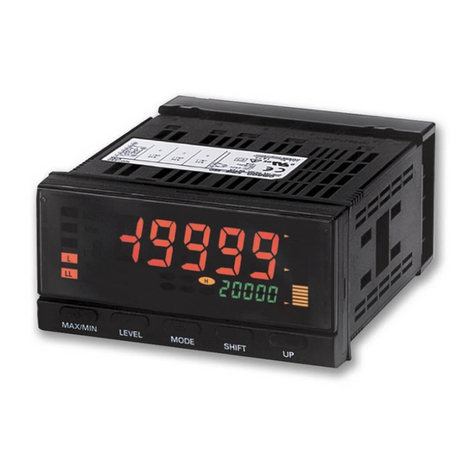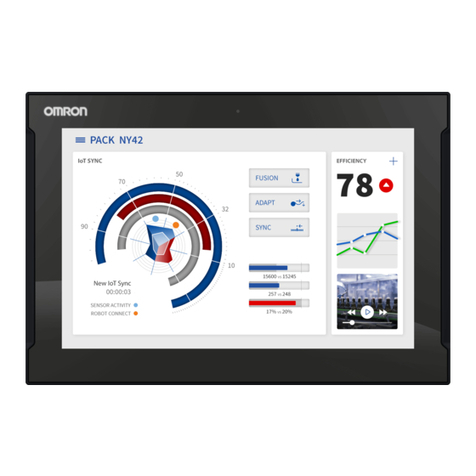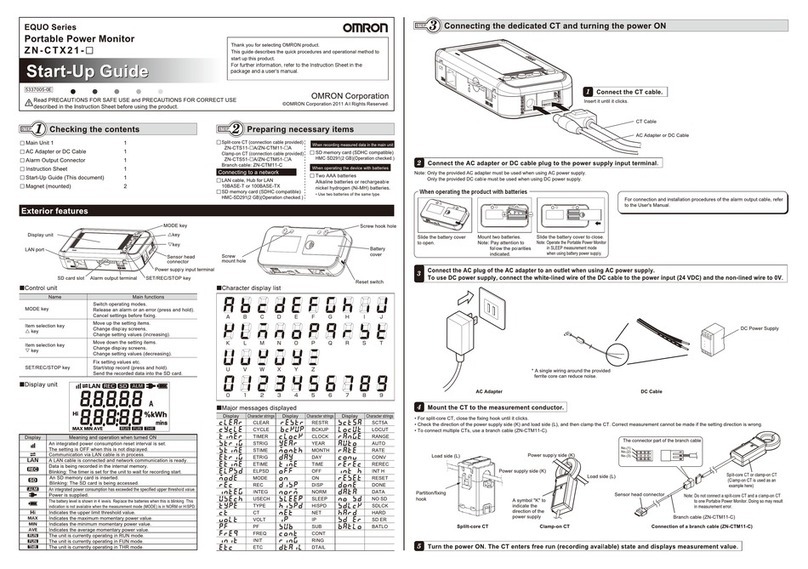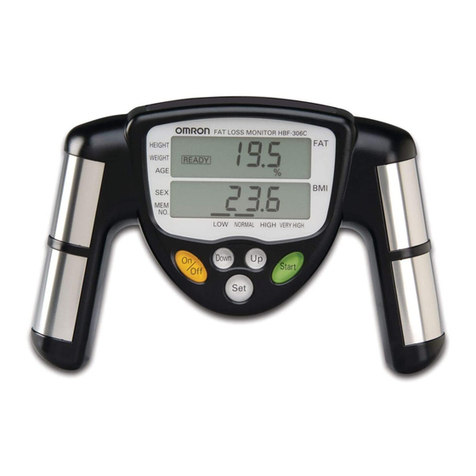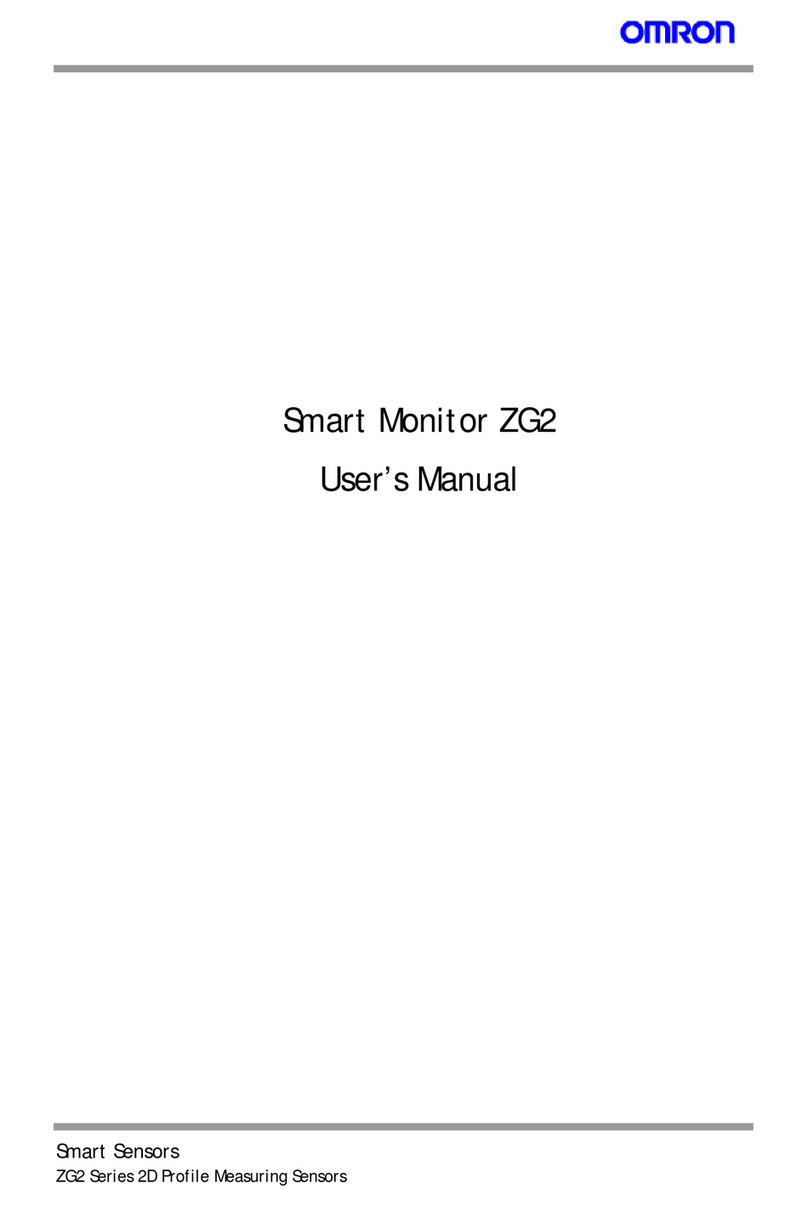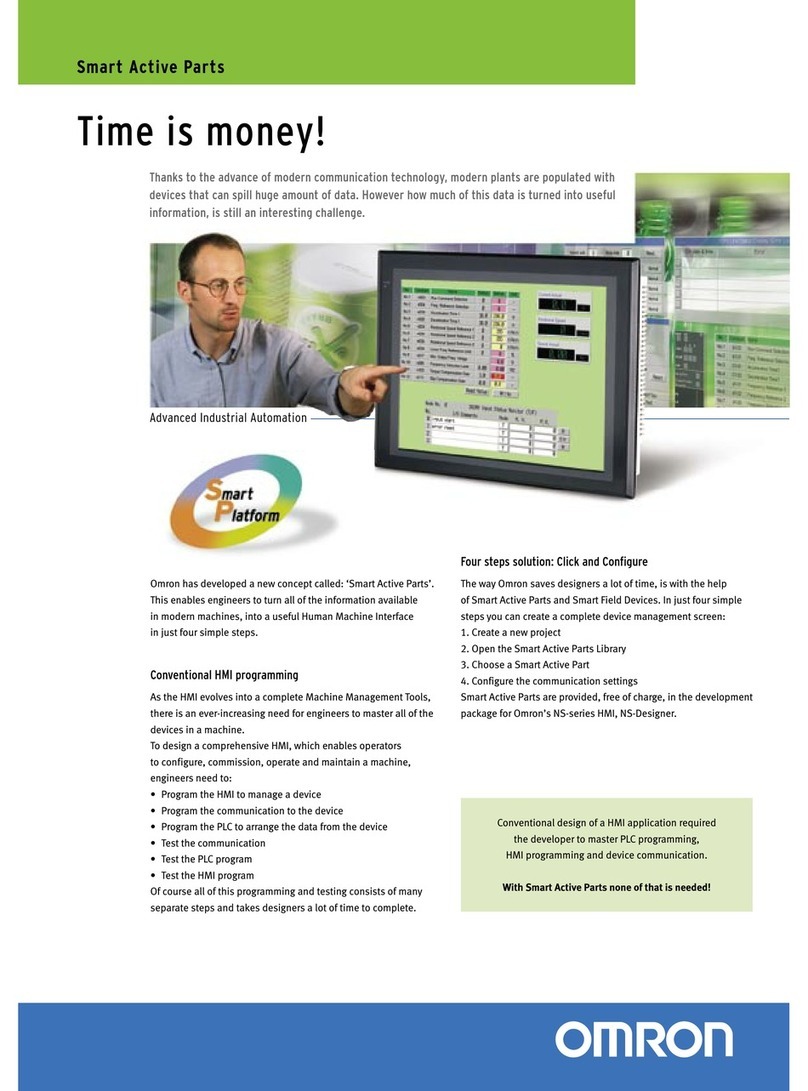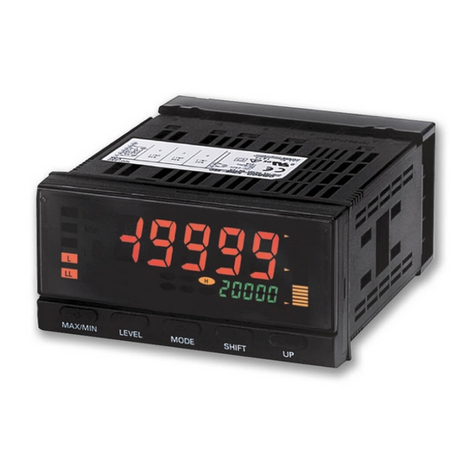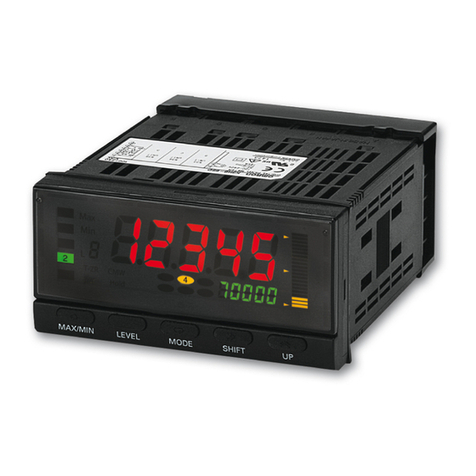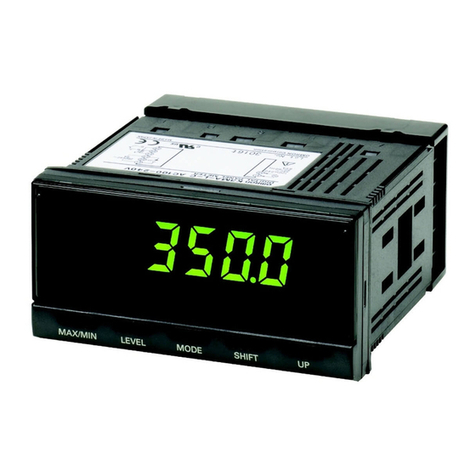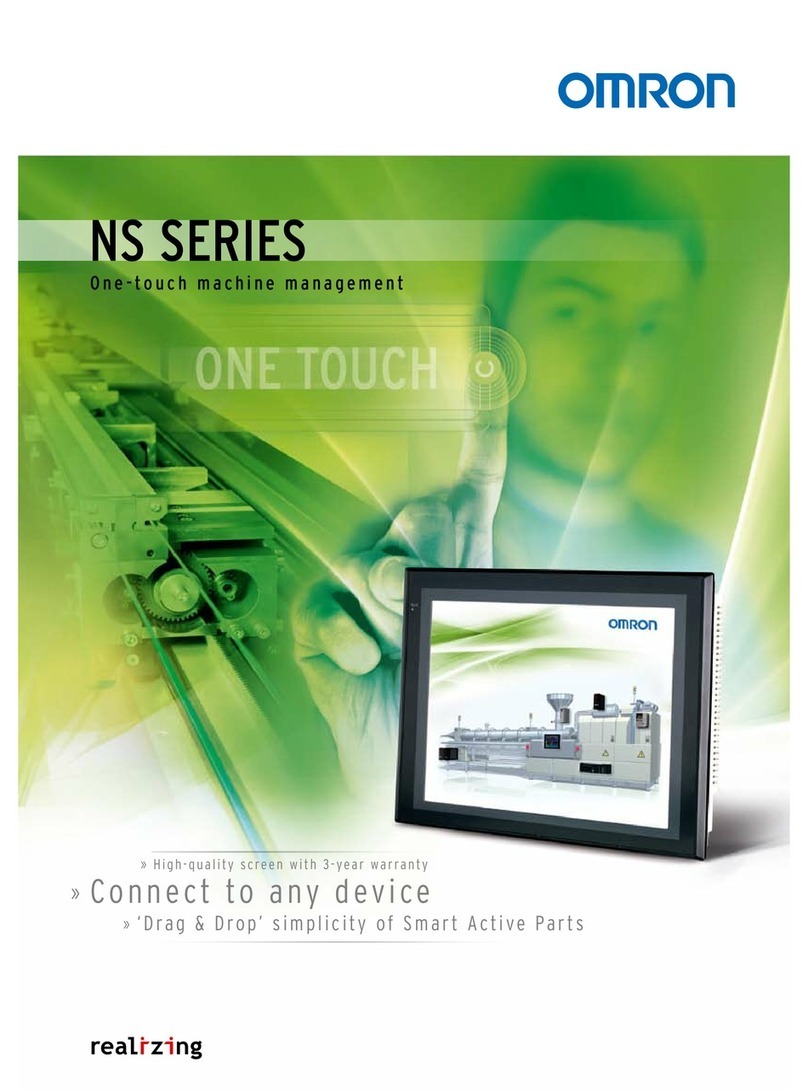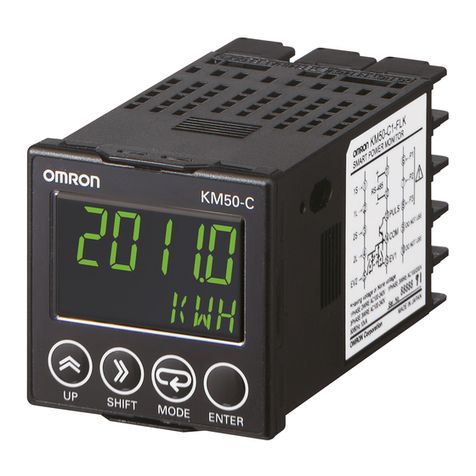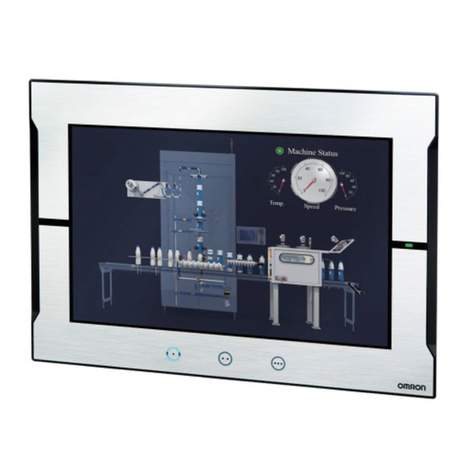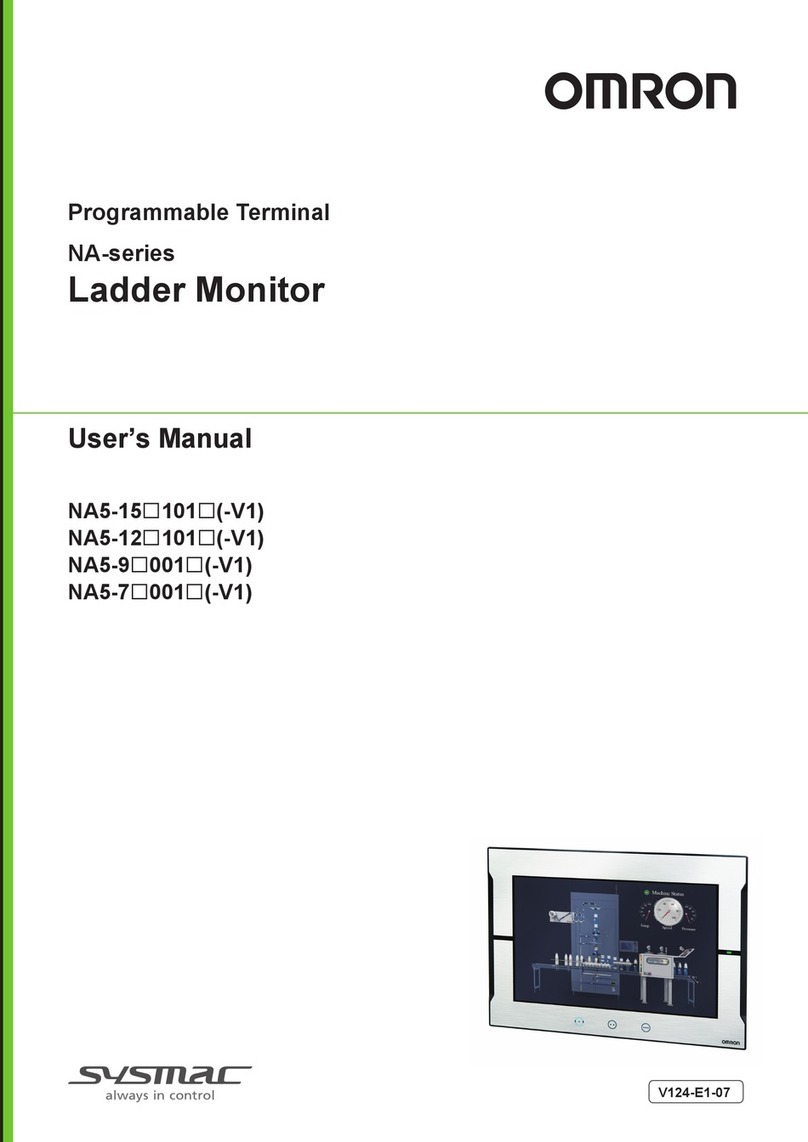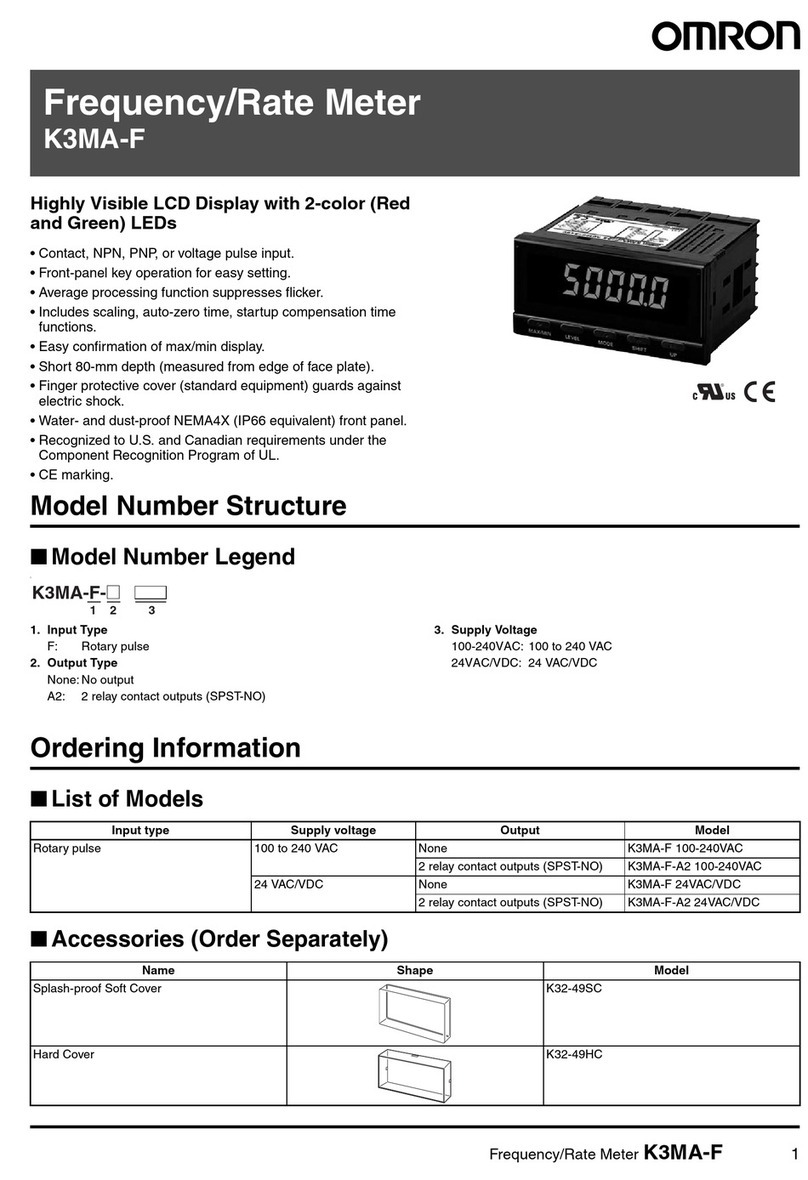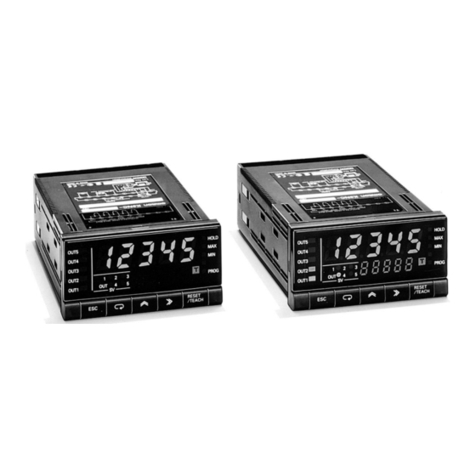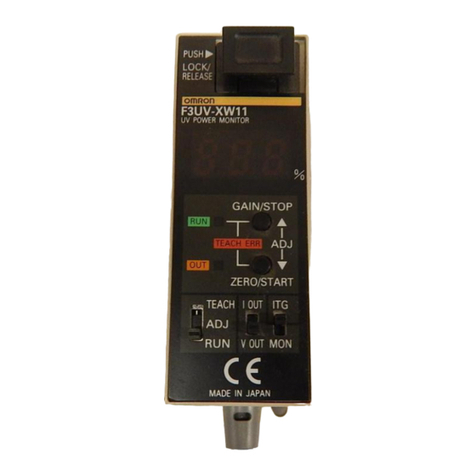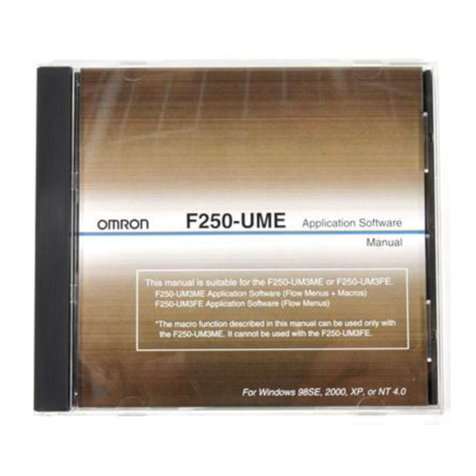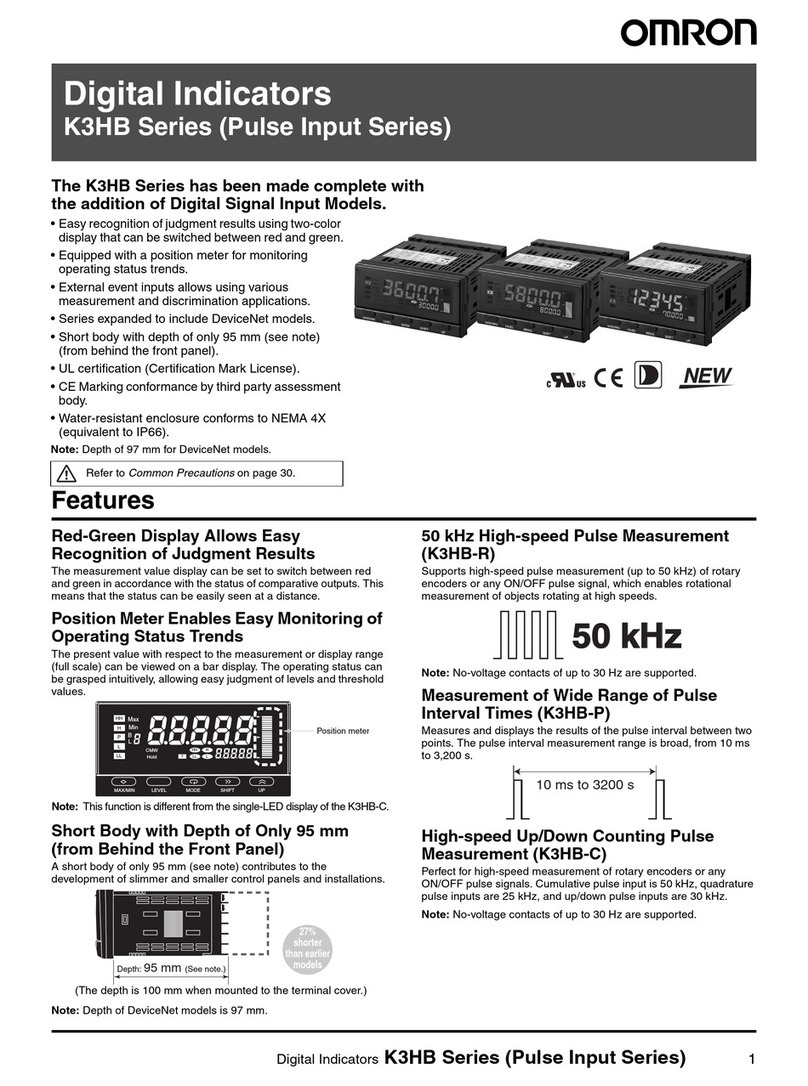
9
Important safety points
Observe the following to ensure safe use of model KM-N2.
• Do not use or store the product in any of the following locations.
– Locations subject to shock or vibration
– Unstable locations
– Locations subject to temperatures or humidity outside rated ranges
– Locations subject to condensation as the result of severe changes in temperature
– Outside or otherwise exposed to direct sunlight and weather
– Locations subject to static electricity or other forms of noise
– Locations exposed to electromagnetic fields
– Locations subject to exposure to water or oil.
– Locations subject to exposure to salt water spray.
– Locations subject to corrosive gases (in particular, sulfide gas and ammonia gas).
– Locations subject to dust (including iron dust).
– Locations subject to exposure to solvents
• Use AWG24 to 14 to wire the power and input voltage terminals. The heat resistant temperature of the wire is 85
degrees or more.
• Use AWG18 to 14 to wire the CT terminals. The heat resistant temperature of the wire is 85 degrees or more.
• Use AWG24 to 14 to wire the communication terminals. The heat resistant temperature of the wire is 85 degrees or
more.
• For wiring to KM-NCT-E's output terminal, use a Y-shape terminal compatible with AWG18 to 14 electric wire (with
a cross-section of 0.75 to 2.0mm2) and M3 screw.
• The recommended tightening torque of the M3 screw of KM-NCT-E's output terminal is 0.3N·m.
• When mounting the KM-NCT-E to the measurement wire, push the fitting claw until it clicks.
• Be sure to wire properly with the correct terminal number. Do not wire unused terminals.
• Be sure to check that the wiring is correct before turning on the power.
• Before using or maintaining the product, thoroughly read and understand the instraction manual.
• Understand the user manual before setting the device.
• Do not pull cables.
• Use only as described in the INSTRUCTION MANUAL. Using the unit in a manner not described mayresult in the
safety functionality of the device being compromised.
• In order that workers may turn off the power immediately, install a branch circuit breaker conforming to
requirements in the country where the device is being used (USA: UL Listed, CANADA: cUL Listed, other country:
e.g. IEC60947-1 and IEC60947-3 ) and display instructions properly.
<Recommended ratings of a branch circuit breaker>
Rated current : 1A.
• Always check the wiring and confirm that it is correct before turning ON the power supply. Incorrect or improper
wiring may result in electrical shock, injury, accidents, failure, or malfunction.
• KM-NCT-E is a dedicated CT for KM-N2-FLK and KM-N3-FLK. Do not use it for other power monitors.
• The surface temperature of the CT may become high due to the heat generated by the primary power cable. Be
sure to check that the surface temperature of the CT went down before touching the CT immediately after turning
ON the power supply.
• Do not install the product close to heat-producing devices (those using coil elements, for instance).
• Ensure the screws fixing the DIN rails are tight. Also ensure that the DIN rails and the body are attached properly.
Looseness may cause the DIN rails, body, and wires to separate if vibrations or impacts occur.
• Use 35mm width DIN rails (OMRON, model PFP-50N/-100N).
• When mounting the product on the DIN rail, slide the DIN hook unit until a clicking sound is heard.
• Separate the product wiring from high-voltage or high-current power lines to prevent inductive noise. Do not place
the product wiring parallel to or in the same ducts or conduits as power lines. Use separate ducts, separate
conduits, or shielded cables to prevent noise.
• This is a “class A” product. In residential areas it may cause radio interference. The user may be required to take
adequate measures to reduce interference if this occurs.
